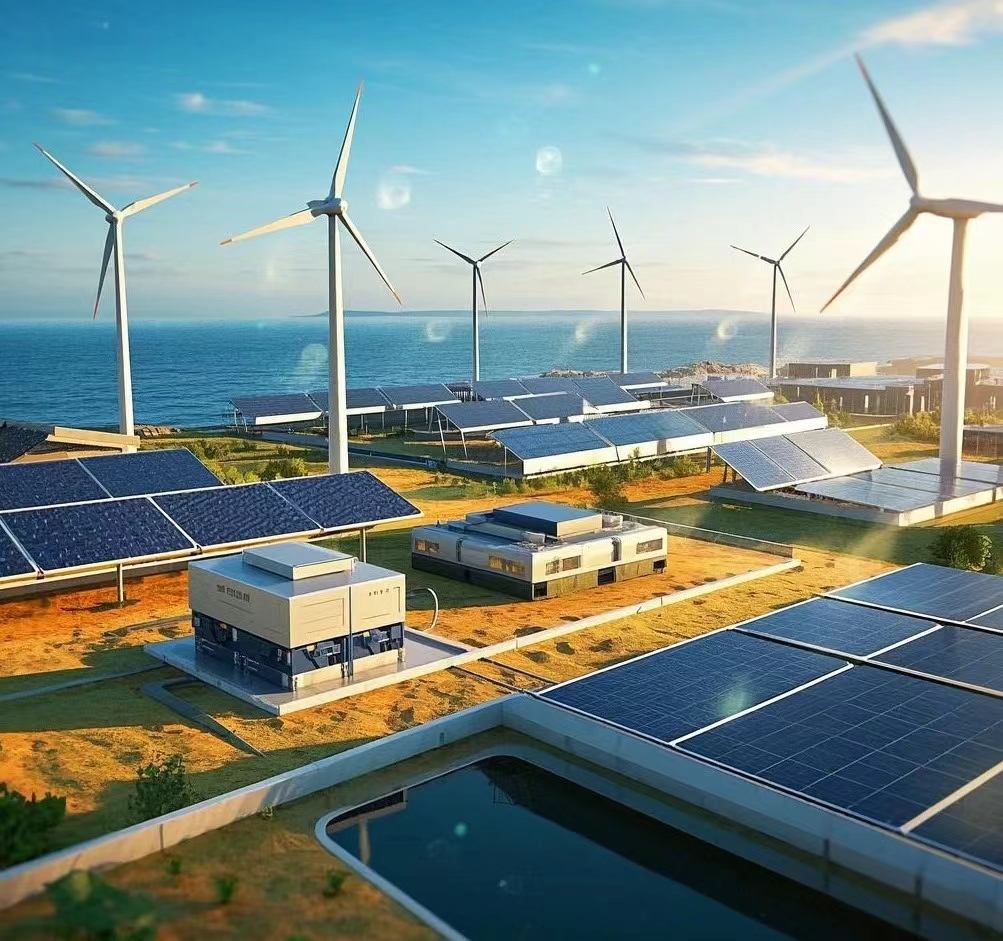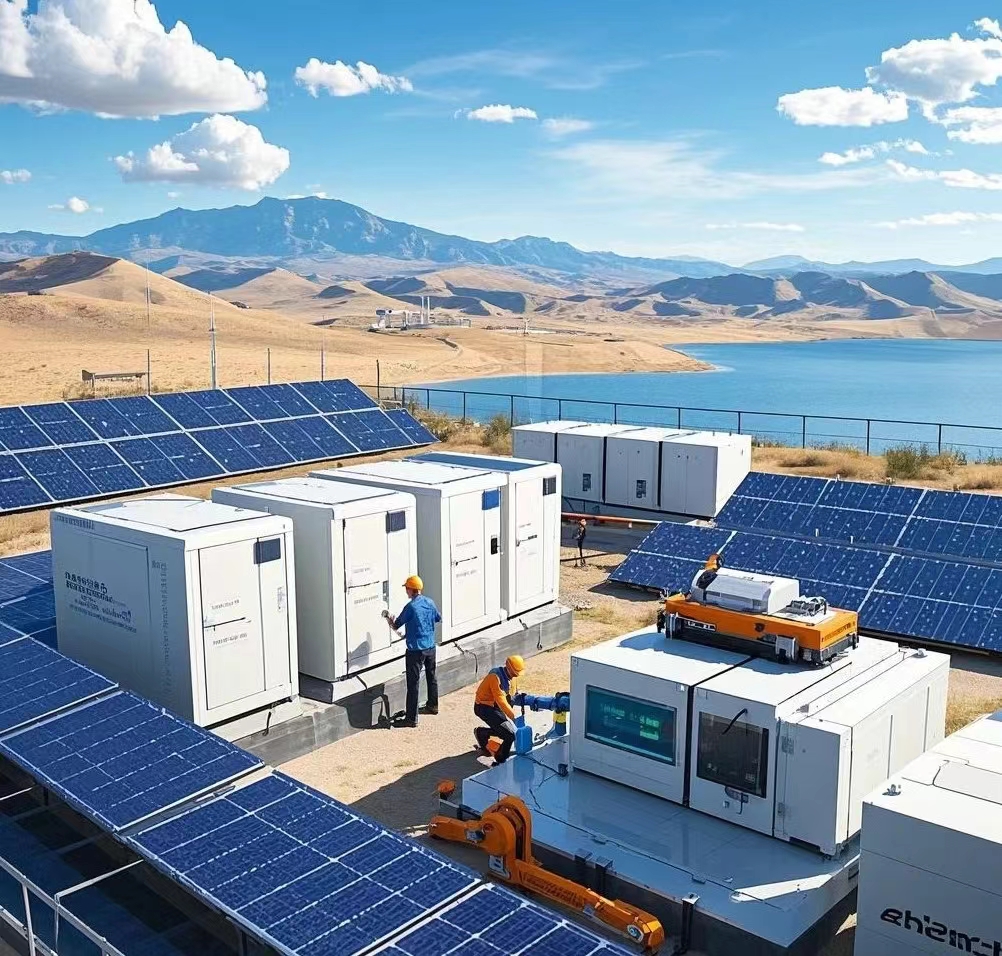**Introduction: The Rising Importance of Energy Storage for Businesses**
As global energy costs fluctuate and sustainability becomes a priority, commercial and industrial (C&I) energy storage systems are emerging as smart investments for forward-thinking businesses. These systems help companies optimize energy usage, reduce electricity bills, and enhance grid independence.
But before installing an energy storage system, how can businesses determine if their facility is a good fit? This guide explores the **four critical factors** to evaluate before making the investment.
**1. Analyzing Your Electricity Consumption & Pricing Structure**
**A. Understanding Your Electricity Tariff**
The economic viability of an energy storage system largely depends on your electricity pricing model. Key considerations include:
- **Single-Rate vs. Time-of-Use (TOU) Pricing**
- If your facility operates under a **TOU tariff** with significant peak/off-peak price differences (ideally **¥0.8/kWh or higher**), energy storage becomes more financially attractive.
- Large price gaps allow businesses to **charge batteries during low-rate periods** and **discharge during peak hours**, maximizing savings.
- **Total Electricity Consumption**
- Facilities with **higher energy demand** benefit more from storage systems.
- If consumption is too low, the system’s **payback period may be extended**, reducing ROI.
- **Peak Demand Analysis**
- Check your **peak load percentage**—if minimal energy is used during high-rate periods, the system’s peak-shaving benefits may be limited.
**B. Assessing Load Profiles**
- **High peak demand?** Storage can **reduce demand charges** by discharging during expensive hours.
- **Steady consumption?** The system may focus more on **energy arbitrage** (buying low, selling high).
**2. Evaluating Transformer Capacity & Power Constraints**
**Why Transformer Capacity Matters**
Transformers regulate power distribution, and their **available capacity** determines whether an energy storage system can function optimally.
- **Charging Limitations**
- During off-peak hours, storage systems **draw power for charging**. If the transformer lacks spare capacity, charging may be restricted.
- **Overloading risks** could destabilize the entire electrical system.
- **Optimal Utilization**
- A **properly sized transformer** ensures the storage system charges/discharges **at full capacity**, maximizing efficiency.
**Key Action Steps**
Conduct a **transformer load analysis** before installation.
Ensure the system’s **charging demand** aligns with available capacity.
**3. Assessing Electrical Infrastructure & Grid Connection**
Before installation, review your facility’s **power distribution system** to ensure compatibility:
**A. Transformer Configuration**
- **Redundant systems** improve reliability but may complicate storage integration.
- **Single transformer setups** are simpler but require careful capacity planning.
**B. Grid Connection Points**
- **Voltage & Phase Compatibility** – Storage systems typically connect to the **low-voltage side**; verify matching specifications.
- **Bidirectional Power Flow Support** – The system must **seamlessly switch between charging and discharging**.
**C. Location & Wiring Feasibility**
- **Proximity to the distribution room** reduces cabling costs.
- **Accessibility for maintenance** is crucial for long-term performance.
**4. Site Suitability: Space, Safety & Environmental Factors**
**A. Ideal Location Requirements**
- **Flat, dry, and well-ventilated outdoor space** (avoid direct sunlight to minimize cooling needs).
- **Adequate distance from offices and high-traffic areas** (safety & noise reduction).
- **Hardened ground** for equipment transport and installation.
**B. Fire Safety & Compliance**
- Follow **local fire codes** for battery storage (e.g., fireproof enclosures, ventilation).
- Maintain **clear safety buffer zones** around the system.
**Conclusion: Is Energy Storage Right for Your Business?**
Installing a **C&I energy storage system** requires careful planning, but the long-term benefits—**lower energy costs, reduced carbon footprint, and enhanced energy resilience**—make it a compelling investment.
**Key Takeaways:**
**Check your electricity tariff** – High peak/off-peak price gaps improve ROI.
**Analyze transformer capacity** – Ensure sufficient power for charging.
**Review electrical infrastructure** – Confirm compatibility with storage systems.
**Select an optimal site** – Prioritize safety, accessibility, and environmental conditions.
As energy storage technology advances, businesses that adopt these systems today will gain a **competitive edge in efficiency and sustainability**.
**Ready to explore energy storage for your facility?** Consult with an expert to assess your site’s potential!
---
If you're interested in learning more about our solar energy storage offerings, we encourage you to explore our product line. We offer a range of panels and battery that are designed for various applications and budgets, so you're sure to find the right solution for your needs.
Website:www.fgreenpv.com
Email:Info@fgreenpv.com
WhatsApp:+86 17311228539
Post time: Apr-18-2025













